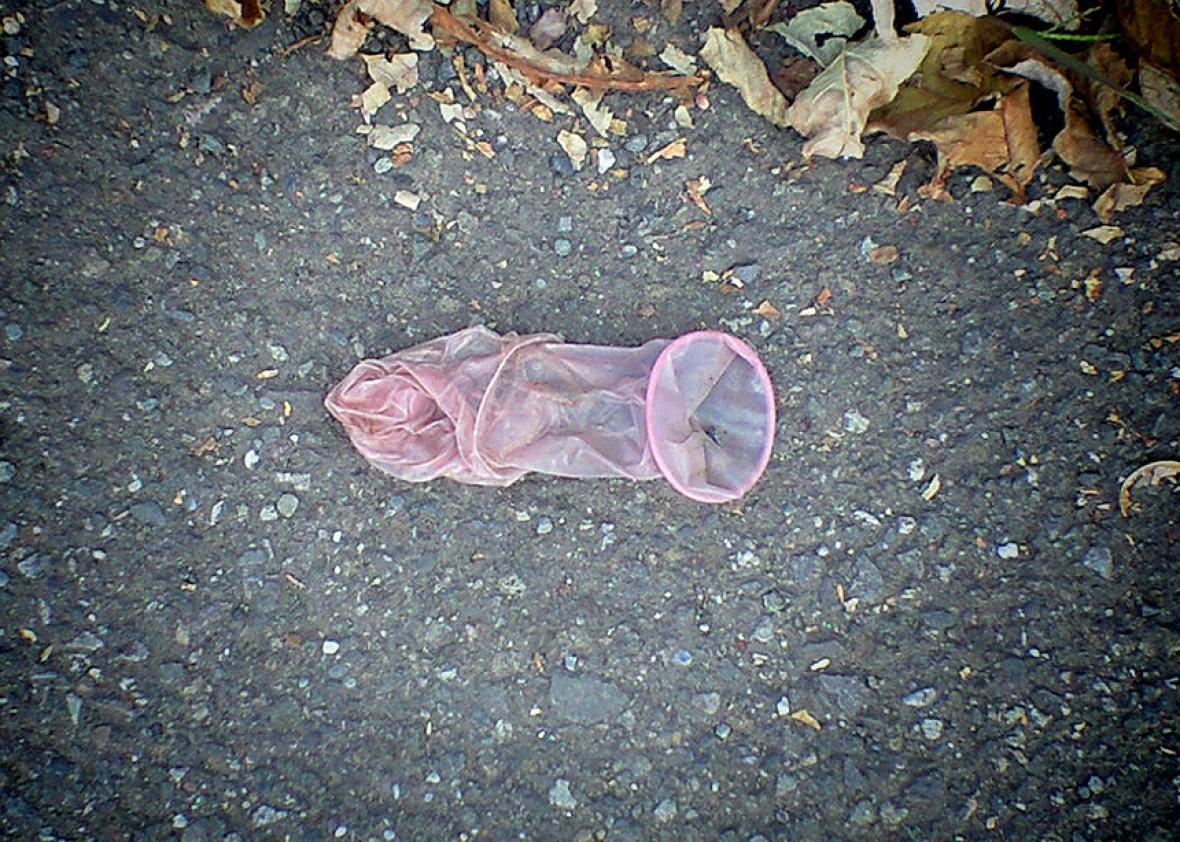The benevolent powers of the vaginal microbiome are even greater than we thought. In addition to aiding fertilization and protecting fetuses during pregnancy, healthy vaginal mucus that’s full of good bacteria can trap and immobilize HIV particles. A new study published by the American Society for Microbiology points to a specific strain of bacteria that makes some women less likely to contract HIV and other STIs than others—evidence that could someday lead to an organic barrier method for safer sex.
The study examined the cervicovaginal mucus, or CVM, of 31 women and tested its ability to immobilize HIV particles. CVM samples that contained higher concentrations of D-lactic acid did far better than others. Humans can only produce L-lactic acid, but Lactobacillus bacteria, which is found in both vaginas and yogurt (see: the yogurt-popsicle yeast infection treatment), can produce both L-lactic acid and D-lactic acid, which led scientists to home in on the specific bacterial makeup of each CVM sample. Through further testing, scientists found that the D-lactic acid wasn’t itself a barrier to HIV, but an indicator of something else going on that made certain types of CVM better at trapping the virus than others.
That something was Lactobacillus crispatus, a species of bacteria that could change the way we think about HIV prevention. Previous studies of CVM’s barrier properties have focused on CVM with varying Nugent scores, an indicator of the kind of harmful bacteria that can lead to bacterial vaginosis, but did not distinguish between different types of Lactobacillus. This study indicates that women whose CVM is dominated by L. iners (another kind of Lactobacillus), rather than L. crispatus, could be at higher risk of contracting HIV and other viruses like herpes. L. iners has also been found to dominate the microbiota of women with frequent episodes of bacterial vaginosis, which indicates that it is a less effective shield than other kinds of Lactobacillus bacteria.
This information could be particularly important for future studies to improve health care for black women: A 2010 study found that just 14 percent of black women have L. crispatus-dominant vaginal microbiota, compared with more than 45 percent of white women. Study author Sam Lai told Vice’s Motherboard that today’s gynecological screenings do not distinguish between Lactobacillus species, but doctors would be better equipped to assess patients’ risk for STI contraction if they knew what kind of bacteria dominated their vaginal worlds.
Both the study’s authors and the authors of a response point out that scientists have only just begun to examine interactions of CMV with HIV particles, and adding semen to the mix during heterosexual sex, when these women might actually contract HIV, introduces a whole slew of other variables. Semen dilutes CVM and changes the vaginal pH, making it less acidic and thus a more hospitable environment for a virus. But in sexual situations where women are unable or unwilling to insist on using a traditional barrier method like a latex condom, a discreet method of limiting exposure to HIV—like some kind of L. crispatus shield—would be a significant victory for harm reduction.
